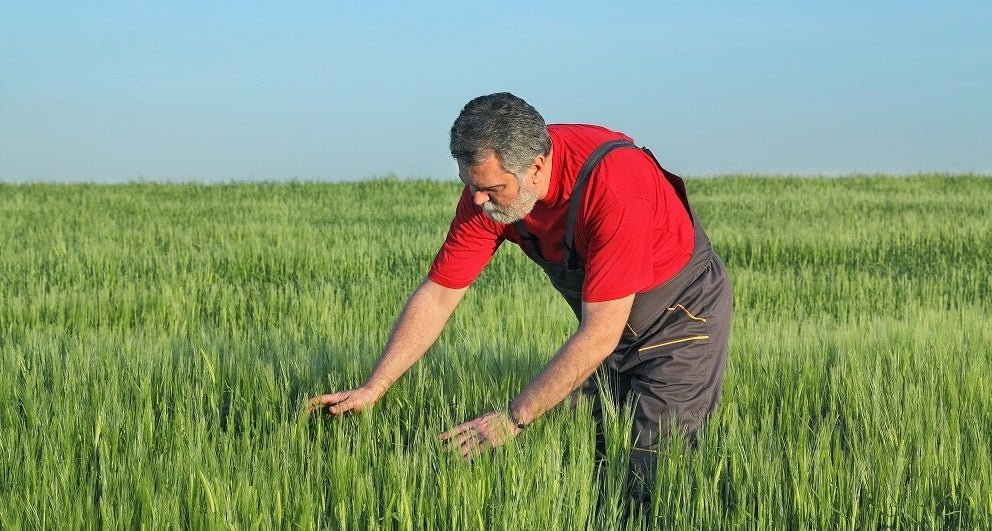
How Organic Farming is Reinventing Wheat (In a Good Way)
Western civilizations owe a great deal to wheat — its domestication was part of what spurred the rise of agriculture 30,000 years ago, and its nutrient density literally kept the peasant class alive through much of history. But at a certain point (well documented in Michael Pollan’s Cooked) we chose convenience over custom and began making bread in a completely new way, stripping the grain down to its most shelf-stable (and least nutritious) component: the endosperm, otherwise known as white flour. From there, we got into all sorts of trouble.
n
Western civilizations owe a great deal to wheat — its domestication was part of what spurred the rise of agriculture 30,000 years ago, and its nutrient density literally kept the peasant class alive through much of history. But at a certain point (well documented in Michael Pollan’s Cooked) we chose convenience over custom and began making bread in a completely new way, stripping the grain down to its most shelf-stable (and least nutritious) component: the endosperm, otherwise known as white flour. From there, we got into all sorts of trouble.
The Problem
Besides the endosperm, a wheat grain has two other parts: the bran, its fibrous outer coating, and the germ, the seed’s embryo. When white flour is made, these two components are disposed of. Conversely, whole wheat flour is made by reconstructing this trio, taking white flour and adding some bran and germ back in. This is not the same thing as whole grain flour, in which whole wheat seeds are ground together in their natural ratio. Modern bread is a strange thing. Even breads labeled “100 per cent whole wheat” are not always what they appear to be — containing whole wheat flour (which — see above — we already know is not quite whole), as well as chemical additives, stabilizers, conditioners, unnecessary salt, sugars and fats added to make the bread stay soft, moist, and mold-free for as long as possible. On top of that, the wheat these modern bread manufacturers use — developed for its performance in a chemical-heavy system concerned with high gluten content (important for bread structure) but not flavor or nutrition — isn’t especially healthy to begin with.Organic Farming as a Solution
When it comes to wheat, organic farming has a lot to offer. Not only is organic wheat free of potential toxins (such as glyphosate), its nutrient content is the same or better than conventional. This means that additional benefits — like safeguarding environmental and human health — make organic the best way to grow wheat. Organic farming is much more than just avoiding chemicals. One of the requirements of certification is that organic farms exclusively use organic seeds. Because most modern wheat strains were bred for conventional farming, the organic community is left to develop its own varieties that work well in organic systems. Because organic consumers value things like nutrition and flavor, breeders of organic wheat select varieties that feature these two traits as well, and are on their way to reinventing modern wheat as we know it.Grains Worth Saving
Wheat has gotten a bad rap lately. While the jury is still out on whether gluten is harmful to human health, we know for certain that whole grains contain an impressive array of nutrients. The Linus Pauling Institute, a research group dedicated to promoting health and reducing disease, declares whole wheat and other cereal grains to be uniquely beneficial as a source of energy, micronutrients, and phytochemicals, all of which have disease-prevention properties. In fact, they found that people whose diets incorporate close to the recommended daily intake of whole grains (3 oz. per day for an adult) have 17 per cent lower all-cause mortality (meaning they are less likely to die from a disease of any kind). With the possibility of better (and tastier!) wheat not too far down the road, reaching that daily minimum might be a pleasure, not a chore!Would you like to be the first to hear about our new products and more? Sign up for our Nature’s Path Newsletter.

